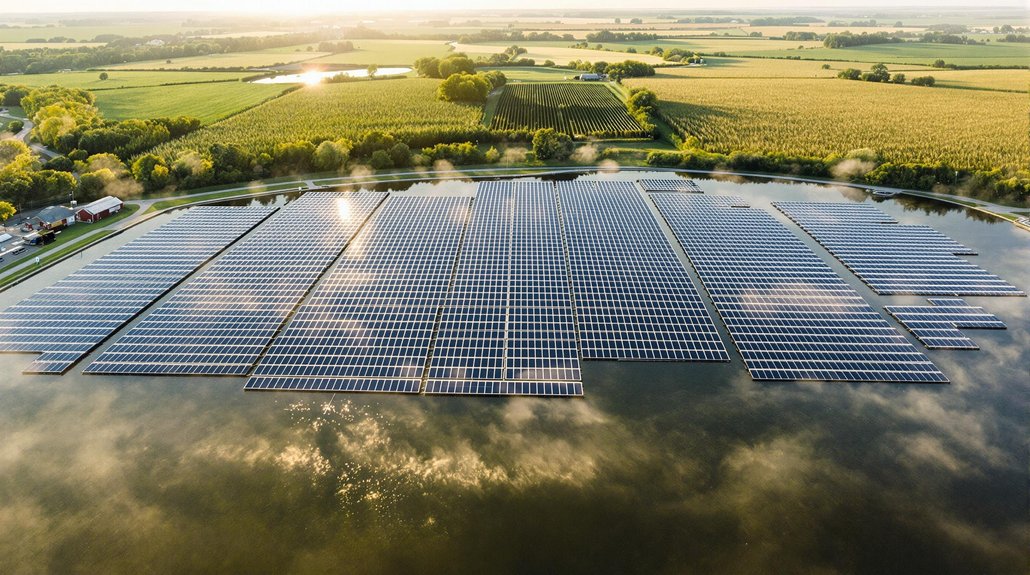In 2024, renewable energy officially surpassed fossil fuels in UK electricity generation for the first time. Renewables produced 37% of the UK’s electricity (103 TWh), while fossil fuels provided 35% (97 TWh). Wind power led the renewable charge at 29% of total generation, with solar energy increasing 6.5% to 14.8 TWh. This shift has reduced carbon dioxide emissions from electricity by 74% over the past decade. The UK aims for 95% clean power by 2030.
While the UK once relied heavily on fossil fuels, a historic change has occurred in the nation’s energy landscape. For the first time in 2024, renewable energy sources have overtaken fossil fuels in electricity generation. Wind, solar, and hydro power produced 37% of the UK’s electricity, generating 103 terawatt-hours (TWh), while fossil fuels accounted for 35%, or 97 TWh.
Wind power has emerged as the leading renewable source, providing 29% of the country’s electricity in 2024. Offshore wind generated 48.9 TWh despite a 1.5% decrease due to a cable fault, while onshore wind rose by 7.6% to 35.1 TWh. Wind power is now just 0.8% behind natural gas generation, signaling a major change in the UK’s energy mix. The country’s power system enjoyed its largest capacity margin in five years during winter, demonstrating the reliability of renewable energy sources.
Wind power now dominates the UK’s renewable landscape, nearly matching natural gas and revolutionizing Britain’s energy future.
Solar energy also saw significant growth, with generation increasing by 6.5% to 14.8 TWh in 2024. This record high output occurred despite lower average sun hours, demonstrating the improved efficiency of solar technology. The UK added 147,000 new domestic solar installations last year alone. The dramatic cost reductions in renewable technologies have been a major driver behind this impressive solar deployment.
The decline of fossil fuels has been dramatic. Their contribution to electricity generation has fallen by 55% over the past decade, from 203 TWh in 2014 to just 91 TWh in 2024. Coal generation, once the backbone of UK power, dropped by 50% to 1.9 TWh before the last plant closed in 2024, making the UK the first G7 country to phase out coal after 142 years of use. Biomass has become the second-largest renewable source, contributing 40 TWh or 13% of electricity generation in 2024.
This change has led to substantial environmental benefits. Carbon dioxide emissions per unit of electricity have fallen by over two-thirds in a decade. The average carbon intensity dropped from 419g CO2/kWh in 2014 to 124g in 2024. Total emissions from electricity generation plummeted by 74%, from 150 million tonnes to 40 million tonnes.
Looking ahead, the UK government has set ambitious targets, aiming for 95% clean power by 2030. Plans include increasing offshore wind capacity to 50GW and solar to 70GW by the end of the decade.









